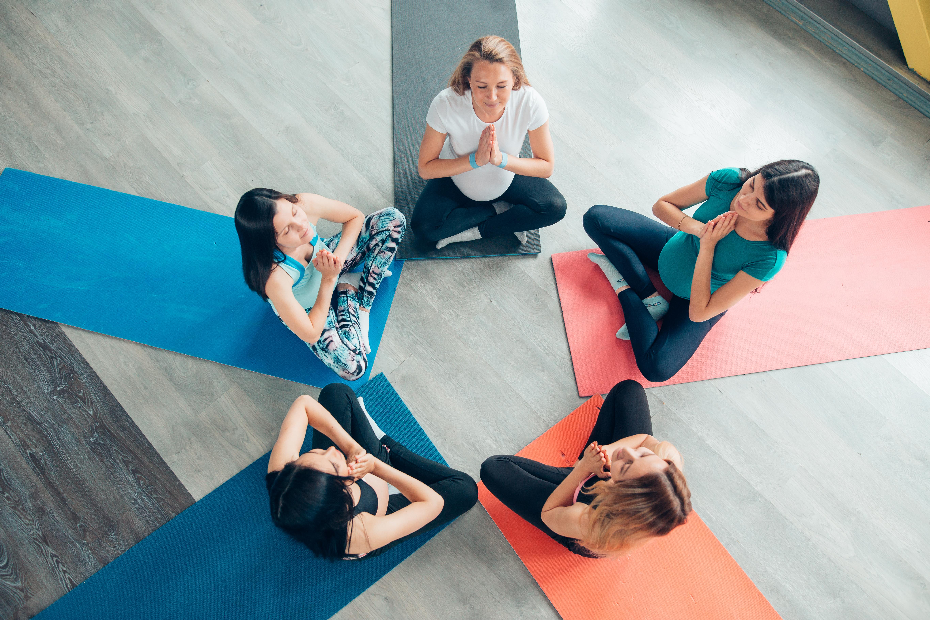Prenatal Yoga- Yoga for you and your baby

Prenatal yoga is nothing but yoga, it is far gentler, less vigorous, widely supported with yoga props and practised at pregnancy-friendly room temperatures. The focus is on strengthening the back, breathing techniques and stamina building that is essential during pregnancy as well as childbirth.
For soon to be mommies who are yoga beginners, a specialized prenatal yoga class should be a go-to option over a regular yoga class. But the expecting mothers who are regular yoga practitioners can continue with a yoga teacher that they are comfortable with, provided they are certified with prenatal yoga specialization from an accredited yoga institute.
Let's address certain key essentials of prenatal yoga:
Poses to be practised and avoided
The pressure on the spine increases as the pregnancy progresses. The increase in the weight around the belly region causes a shift in the natural curvature of the spine. Prenatal yoga poses mainly concentrate on strengthening the lower back and the muscles that support it. Asanas like Right angle pose, where the body is bent at the hips into a right angle, the hands resting against a wall and the feet secured strongly on the floor, help in relieving pain and discomfort around the spine region.
Side-bending poses help in strengthening the chest and stretching the muscles between and around the ribcage. These poses help in ease of deep breathing - which becomes difficult as the pregnancy progresses. The deep breathing technique helps considerably during childbirth.
Avoid poses that put pressure on the belly. Poses that involve forward bends can cause compression around the abdomen region. Asanas that involve twists that target the stomach area should be avoided as well. The poses that strengthen the abdomen can also stress out the rectus abdominal muscle, which may cause back pain in the future due to pregnancy weight gain.
Poses that involve balancing should also be done with caution and support to avoid the risk of falling.
How Prenatal yoga helps you
Apart from the much needed physical strengthening and deep breathing practice, prenatal yoga also helps you mentally. The meditative exercises help you focus, stay calm and handle stressful situations more smoothly. It also brings about a feeling of oneness and helps you connect with your deeper self and with the baby. Prenatal yoga classes can serve as an excellent me-time where you can concentrate solely on yourself without the outward social disturbances.
Yoga for Mobility (Hip-joint mobility)
Finding the right teacher for you
It is extremely important to find yourself the most suited and certified teacher, especially if you are a yoga beginner. Make sure that the teacher is certified by a credible Yoga Institute. Go for strong word of mouth references from close and trusted family and friends.
When can you start prenatal yoga?
Most women start any form of pregnancy-friendly exercise regime from their second semester. The second trimester is considered the safest period and also the morning nauseousness and fatigue subside till then. If there is no morning sickness, fatigue or any other complexion you can start prenatal yoga from your first trimester provided you have a from your gynaecologist.
